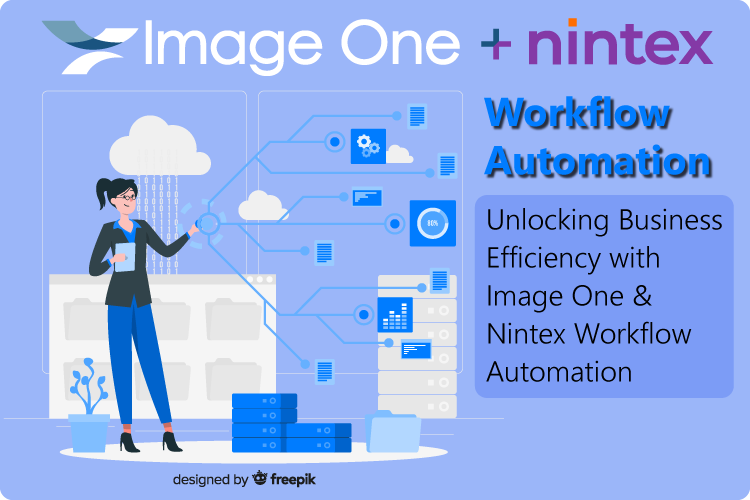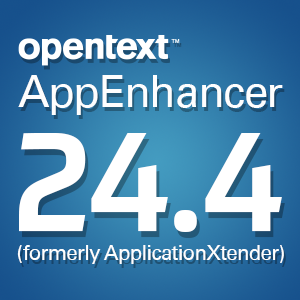Chadron Community Hospital and Health Services benefits from paperless switch
Friday, September 19, 2014A Nebraska hospital has gone paperless with an efficient workflow and document management software.
Chadron Community Hospital and Health Services implemented its electronic health records in 2011, and a recent case study from the College of Healthcare Information Management Executives showed that the transition to paperless operations has been beneficial for the health care facility, according to FierceMarkets. The 25-bed rural hospital was even named a 2014 Most Wired winner, the second consecutive year it received the award.
In addition, the hospital has achieved Stage One of Meaningful Use. This recognition means that the health care center has meant a number of eligibility requirements regarding its usage of electronic health records, according to the Centers for Medicare and Medicaid Services.
The transition has been difficult for a few, but ultimately the hospital made sure that everyone had the tools to help them become acclimated with the new system.
"We went from a complete paper record to completely paperless, and when you do that, the computer becomes one of the training aspects," Anna Turman, the hospital's CIO and COO, said according to the case study. "Even while preliminary planning was under way, the hospital began to offer its staff classes in how to use computers an productivity software, and email was used as a tool to get workers used to communication electronically. Our goal was to have users reach a high comfort level with technology."
The switch to document management software has provided a number of benefits in terms of accessibility including an easy avenue to state immunization records and access to images from the hospital's digital radiological system, FierceMarkets noted. Individuals at the health care center studied workflows there and went with an electronic health records system that best suited the hospital's needs. Turman said that prior to deciding on a vendor for the electronic health records, her and other executives realized that they would need a program that fit their workflow, rather than the other way around.
Once the hospital chose a specific system, it had six months to begin implementing the technology. Not only did they intend to automate clinical records – the pharmacy, emergency, physical therapy, human resources and financial departments would all also utilize content management systems. Now the system has helped expedite information sharing. Staff at the hospital have found it easier to access patient records since implementation of the system as well.
Brought to you by Image One Corporation providing complete information governance since 1994.




